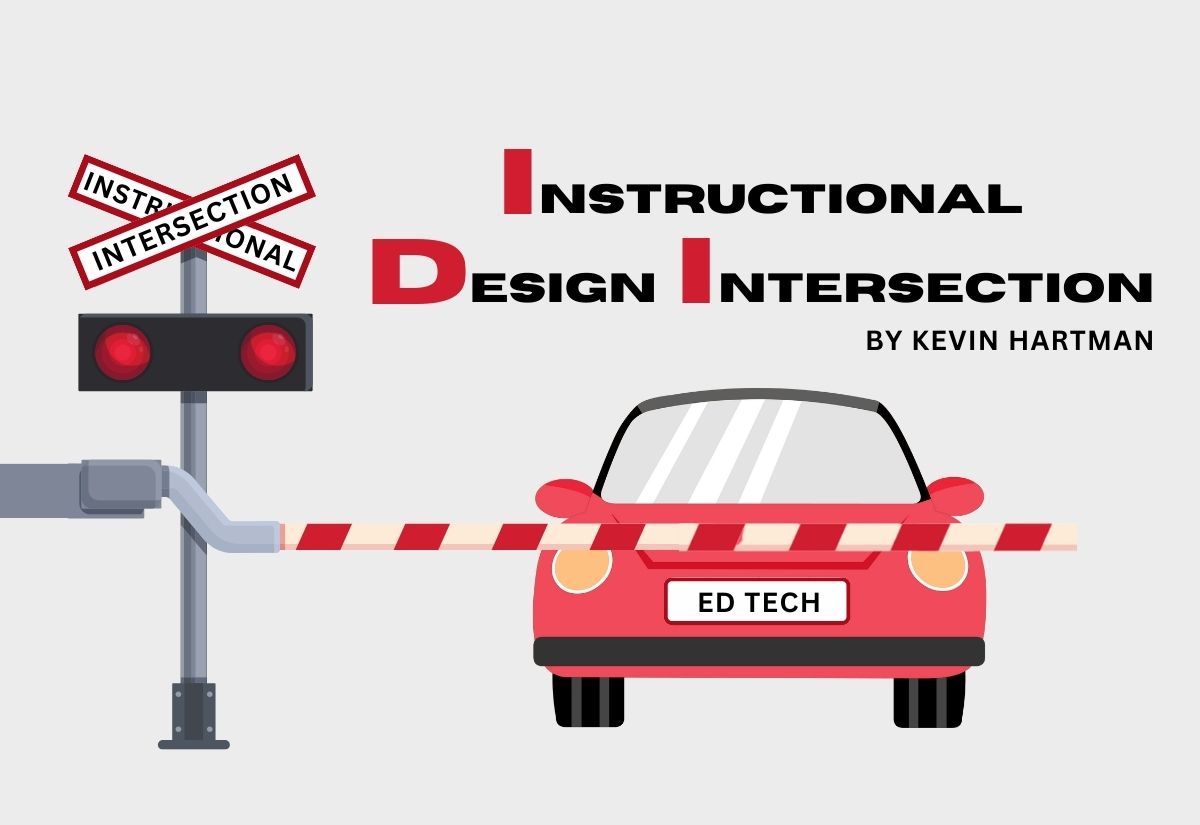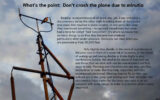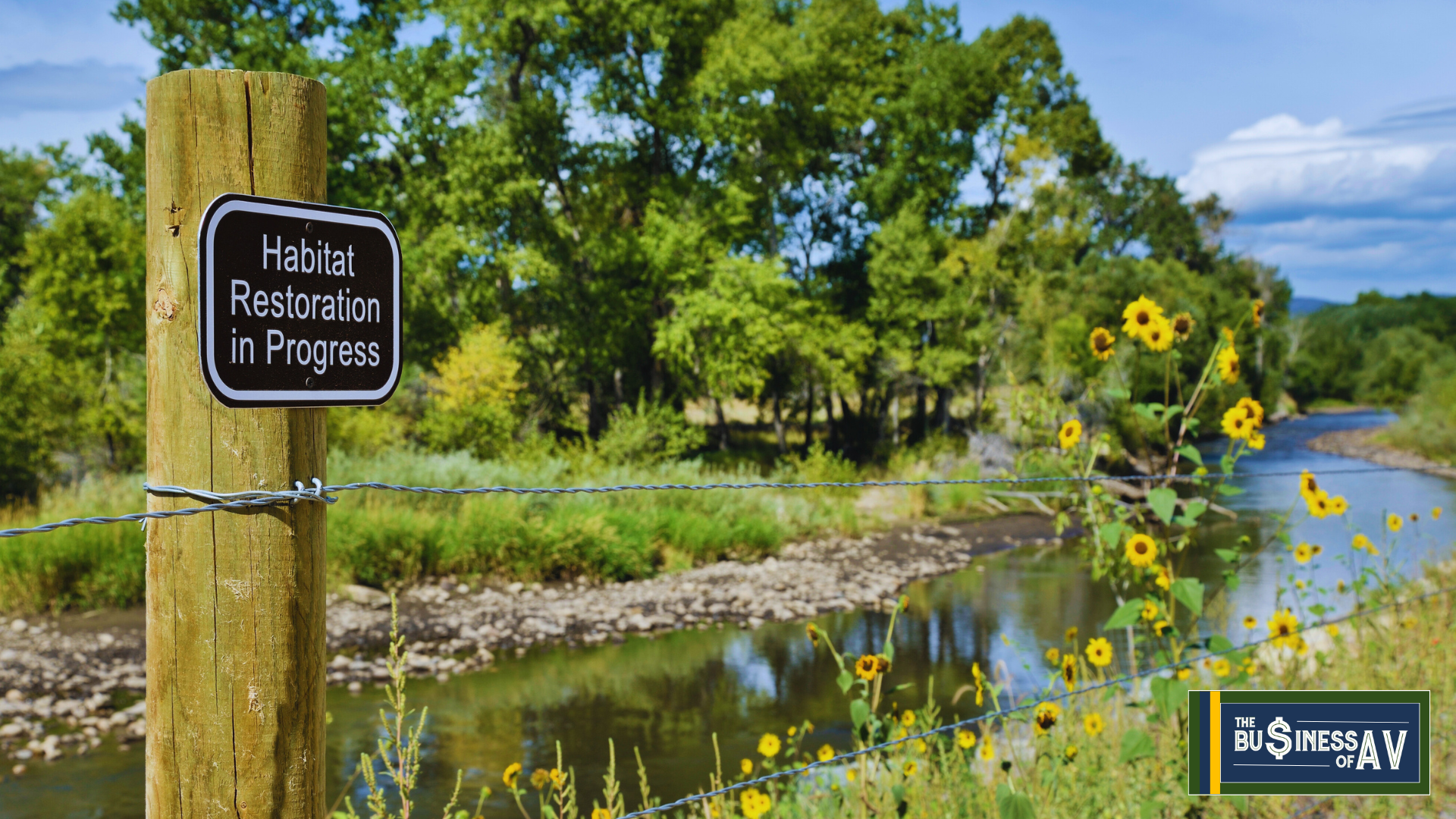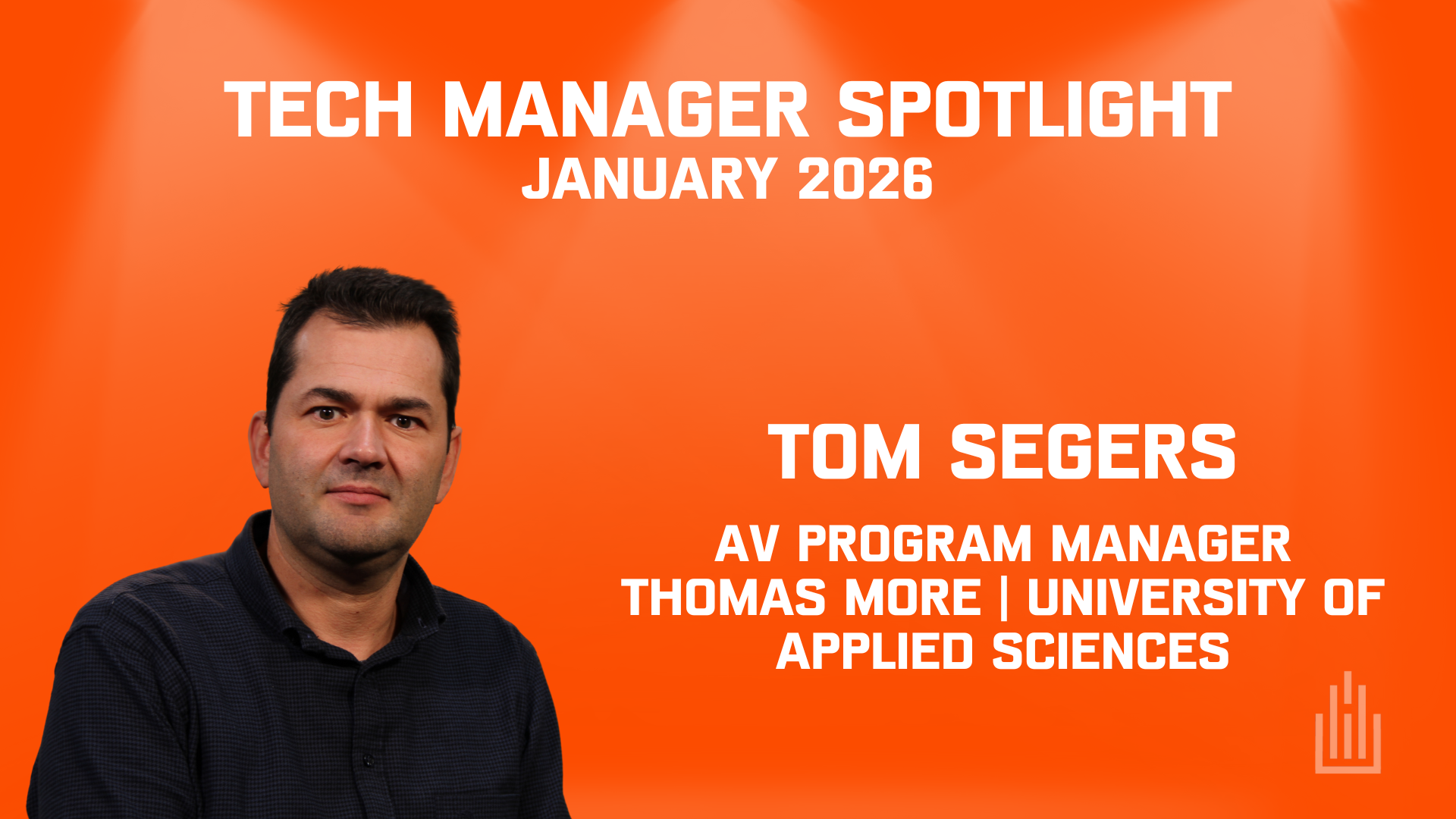So last time we began discussing why your instructors might want to use video for their courses, and how we as the AV professionals at the university can help them through our technical expertise, and why these were good ideas. Suggestions ranged from LMS integration to quizzes in a video to analytics.
Now comes the idea of how to help instructors get comfortable teaching one camera, either in a classroom where the lecture is recorded or in a studio environment. Joe Way recently broke down the advantages and disadvantages of recording in different environments, but there’s still the idea of easing a faculty member’s apprehension and helping them make the best quality product possible. All the technology in the world may not help a nervous professor who’s never taught online before, while others may have a natural personality and energy that comes through the screen via a simple webcam.
Not every instructor can come across like Mr. Rogers, but we can AV people can at least get them in the neighborhood. Our backgrounds may include things like radio, broadcasting, and television. Some of us may have even been behind the mic or in front of a camera at one point in our lives, whether in our professional careers or at the college radio/TV station. We don’t just have unique technical skills to share, we have some intangible ones too, and they’re the focus of this article today. What non-tools do we have in the tool belt to help our faculty get more comfortable in a studio, a recording classroom, or even just recording from their office?
Remember, you’re inside a computer screen, not a lecture hall
To me this is the biggest issue. Instructors still try to teach online and on video as if they’re in front of 300-plus live students. The sage-on-the-stage mentality is an old habit, but it doesn’t necessarily work on video. Teaching in person and teaching online are two different animals.
There’s an old theatrical term called “Breaking the Fourth Wall” which in its most basic meaning refers to the actor on stage talking directly to the audience. In cinema/television, it’s when an actor talks directly to the camera. Think of Laurel & Hardy sketches, Bugs Bunny cartoons, or Ferris Bueller’s Day Off. Many times our favorite characters from these shows and more talk directly to us and the camera for a short time and for lack of a better term, suspending our suspension of disbelief.
As the AV professional, it’s highly likely that we are more comfortable than the average professional around and in front of a microphone and camera. Let’s use those experiences and help our instructors realize that it’s more important to talk to their students, not talk at their students. There is a huge difference between the two.
The other thing I’d add in here is to encourage instructors to be themselves. In this era where students are constantly on screens, the savvy viewer will know in a hot second if someone isn’t being themselves. It’s OK to be nervous, it means your instructor cares about the material and the student’s learning. But trying to be someone they’re not makes for bad video. Encourage them to let their personality shine through, and maybe a little humor too.
Here’s an example: A few years ago I was recording an Accounting professor for a hybrid class. This was before COVID, so hybrid for us during this time meant 1 week in class, 2-3 weeks of asynchronous work watching recordings, doing readings, cases, etc., and then back in class the following week. The instructor was going over a unit covering items like balance sheets and income statements. She was using examples from real-world companies like Walmart and Starbucks. In this video however, she was using an income statement from Harley-Davidson Motorcycles, and just so happened to be wearing a jacket that was dark blue and had several zippers all over the front and sleeves. As she was introducing the lesson, she stopped, looked right up at the camera, and said something like “Hey, look at me, I’m kind of a Harley girl today,” while showing off all the zippers on her sleeves.
This woman is very sweet, prim, and proper. I doubt she’s ever been near a motorcycle at any point in her life. But it was a quick little moment where she showed off a little personality to her students, and maybe made a few of them chuckle. It was something to help connect with her audience and show them she was more than just a random person in a box on their screen. It’s hard to let that come through when you’re used to speaking to people in a room, not online. But we likely have some of those skills and can help our instructors learn them too.
Write a syllabus, write a script
Let me clarify to begin: I’m not suggesting an instructor write out every single word like a Hollywood screenplay, or plug a script into a teleprompter to read. (Although if you have a video recording studio, a teleprompter is an excellent tool to have at your disposal.) I am suggesting notes or bullet points available for the instructor so they know where they’re going in their material and what they’re talking about in the video and at what time. These don’t have to be too fancy or overly detailed, a simple outline or even using the notes feature in PowerPoint would work. But something to refer to and look at every once in a while is a great tool. Keep it conversational. Yes, use jargon and necessary vocabulary when needed, but in an environment where a recording may be one of the one ways the students have contact with the instructor, a little less “stuffy” in certain areas may help the student grasp the concepts better. I say write notes or bullet points instead of a full script because if someone is new to creating video content, it can be very easy to over-script and write too much, leading to videos being longer than they need to be. Also, who writes that full script? My guess is the instructor. Do they want to do that or have time to do that?
Now your instructors may hear you say that and come back with “Well I lecture all the time for 45/50/80 minutes without referring to any notes, I just prep ahead of time. Why would I need notes for this?” Again, our experience working in AV comes into play here. Explain to our instructor that teaching in a room in front of hundreds of students is different than teaching online, where you’re potentially nothing more than a face and voice in a small box on their students’ computer monitors, or an even smaller box on their mobile device. Any point where an instructor may stammer or make a small mistake that they quickly correct can be forgiven in a live environment in the classroom, and while some of that might be OK in a recording, too much of that in a pre-recorded video may come across as unprofessional and poorly planned to your students.
Lighting
If instructors do not want or cannot record in a classroom or studio, they can always record in their home or office if your university has the tools to allow them to do so. However, the lighting in these situations can sometimes be less than ideal. See just about every video made where the presenter is in front of a bright window as an example.
Let’s remind our faculty they need to use some light, be it from sources in the room or others. Maybe your library offers take-home kits with a webcam and lights. If so, explain the concept of key, fill, and backlights if the includes three instruments. The popularity of ring lights exploded during the pandemic, and a good one can be had for fairly cheap. I’ve even seen stores like Walgreens and Barnes & Noble carry them from time to time. They’re small devices that can really make you pop on camera, and certain models include features like adjusting color and color temperature.
Pre-Production: Begin With The End in Mind
Yes, scripting is part of pre-production but I felt this needed its own subsection. Planning and writing a script, while they go together as parts of pre-production, are two different things.
The planning I am referring to here has to do with more what an instructor plans to show on screen and when. This is also likely more related to a video produced in an office or studio than in a recorded lecture. Too many times in our recording studio I’ve seen instructors lecturing using say PowerPoint or Excel, and then they need to switch to a different teaching tool, maybe a doc cam, webpage, or another computer with a coding demonstration. More often not, and probably because they’re so used to doing this way in a live classroom environment, the instructors switch from one tool to another and are still talking or lecturing as they’re doing it. Sometimes little things happen like the tool isn’t open right away, they call up the wrong file or have trouble opening something, etc. They’re little things, which I think we get, but in an environment where things are supposed to be more produced, this looks a little sloppy.
Let’s remind our faculty to take a few minutes to plan and think about what content they want to show and when. It’s easy to say a line like “And now let’s look at an example,” pause for a few seconds, call up the next source, and then continue. Once edited, it’ll look smoother, more polished, and more professional. Which leads us to…
Editing
Our faculty don’t need to scrap their entire video if they make a mistake. Just like with the pause mentioned above, we can tell them to take a deep breath, figure out the best place to start again after their mistake, wait a beat for a clean edit point, and go. With the magic of editing, we can make the transition as smooth as possible.
As mentioned in a previous article, most if not all of your players in the lecture capture space have some form of light video editing capability. Teaching our faculty to edit, or maybe doing some light editing for them is a huge boost to getting content out there quicker and making it look better. We can ever work with our ID team as well and show them some tips and tricks here as they may or may not know this skill. Again, we’re likely more versed in the technology, they’re likely more versed in the pedagogy. Marrying these skills together is a win for everyone. And if more heavy editing is needed, yes there are tools like Premiere, and DaVinci Resolve (Black Magic offers a powerful FREE version), but don’t forget simpler tools that might be more designed for educational users. Camtasia for instance has become a very powerful webcam recorder/screen capture tool/video editor that’s a lot simpler to use than some other tools out there, and can more than get the job done.










